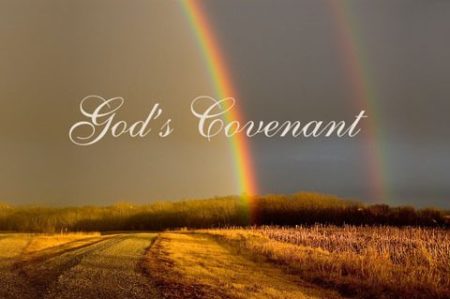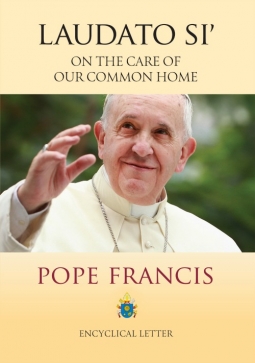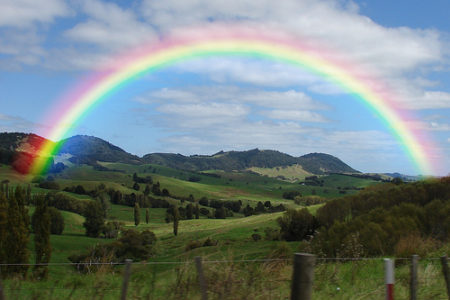
The concept of covenant has deep roots in the ancient Near East. Such covenants involved a solemn agreement between two or more parties, and were made binding by some sort of oath or commitment. What was mutually agreed upon usually involved the future conduct of one or both of the parties concerned. The imagery of covenant is presupposed or alluded to in the Bible much more frequently than a simple study of vocabulary might suggest. Covenant relationships could include commitments between private persons, or alliances between kings and/or political states as well as covenants between God and human beings.
When we speak of ‘Testament’ when referring to the Scriptures of the Old and New Testaments, we may not be aware that this term ‘testament’ goes back into the ancient Near Eastern world in which our Bible came to be. In the time of Moses (about 1200 BC), and onward, the formation of a ‘chosen people’ rescued from slavery in Egypt came to be expressed in covenant terms: ‘I will be your God and you shall be my people.’ The ethical character of the covenant-makers is crucial, and thus almost all covenants have a spiritual dimension insofar as they depend upon a genuine commitment to values such as honesty, integrity, loyalty, trust, selflessness, and love.

The faith of Abraham and his successors was to be tested and refined through the centuries. This was so in the person of Moses and his experience of God’s revelation of the divine name on Mount Sinai (‘I am who I am’). This was also the case for the prophets Isaiah and Jeremiah in particular, when they gave new hope to an exiled people that God would restore them to their homeland, and would thus enter into a new covenant with them. In the case of the prophet Hosea the deeply emotional invitation to return to the Lord is based on the imagery of faithfulness to one’s marriage commitments, and was further refined through brave women such as Ruth and Esther.
In the fullness of time, the hopes of humankind received a new and indescribable meaning of covenant with Mary’s YES. This in tum found fulfillment in the life, death and resurrection of Jesus. When Greek became the language of the wider world into which Jesus was born, the Hebrew word for covenant (berith) was translated into Greek as diatheke (= a two-part agreement in which one was bound by oath). In due course the Latin word testamentum was adopted to render the Greek diatheke. This means that whenever we speak of the Scriptures as the Old and New Testaments, we are really referring to the Old and New Covenants.
One of the most frequent ways we encounter this deeply rooted symbol of covenant is through the words of consecration at the Eucharist, when the celebrant takes the chalice and prays: ‘Take this, all of you, and drink from it: for this is the chalice of my blood, the blood of the new and eternal covenant which will be poured out for you and for all for the forgiveness of sins. Do this in memory of me.’
It is against such a biblical background of covenant that we may be encouraged to respond as fully as possible to the challenges that Pope Francis makes in his Laudato Si’ (published in 2015). There he writes of the urgent need to ‘educate for a covenant between humanity and the environment’ so as to avoid getting caught up in whirlwind of needless buying and spending (§204). On an encouraging note he challenges us to rise above ourselves and to choose again what is good, to make a new start. What better time than Now?

In recent months people have been amazed and profoundly moved by a young Swedish girl, Greta Thunberg. Only fifteen years old, she has been invited to speak on the need for a radical change of heart in our world today so that we do not destroy the beauty and resources of our planet earth. It is easy to access her speeches on u-tube, and to hear her say with disarming conviction that ‘one is never too small to make a difference.’ She is a clear reminder that we adults must act now so that the generations after us will not be exposed to rampant pollution, famine and to as yet unknown dangers and hostile environments.
We must therefore look at how each of us in the here and now may embrace the values and attitudes outlined in Laudato Si’.
This challenge, Pope Francis writes, ‘includes disinterested concern for others, and the rejection of every form of self-centeredness and self-absorption, if we truly wish to care for our brothers and sisters and for the natural environment.’ On a practical note, we can be reminded that ‘education in environmental responsibility can encourage ways of acting which directly and significantly affect the world around us.’ These ways of action, he stresses, include ‘avoiding the use of plastic and paper, reducing water consumption, separating refuse, cooking only what can reasonably be consumed, showing care for other living beings, using public transport or car-pooling, planting trees, turning off unnecessary lights, or any number of other practices’ (§209). All of these acts reflect a generous and worthy creativity, which brings out the best in human beings.

Let us therefore take to heart the urgency of working together to preserve and respect the resources of our planet earth! Let ours be a time of awakening a new reverence for life in all its forms! Let ours be a time of firmly resolving to achieve sustainability, the quickening of the struggle for justice and peace, and the joyful celebration of life.’ Let ours be a time of truly entering into a new covenant.
Let ours be a time of truly entering into a new covenant
Carmel McCarthy rsm
South Central Province


